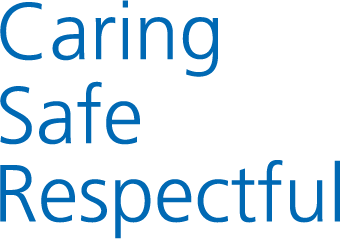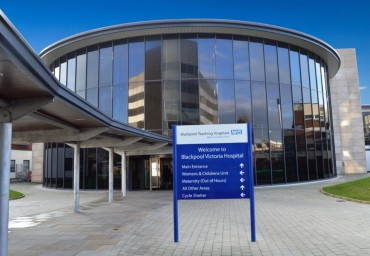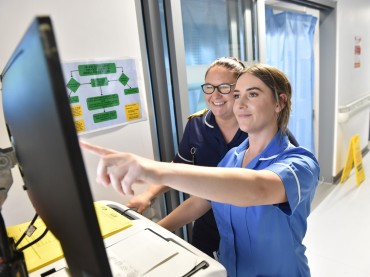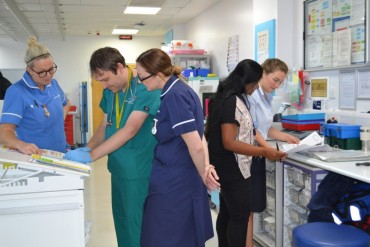Overview
EBUS-TBNA (EndoBronchial UltraSound-guided Transbronchial Needle Aspiration) is a safe and effective technique that allows the doctor to investigate your lungs and take samples of the lymph glands located in the chest. Lymph glands (sometimes called lymph nodes) are an important part of the immune system and are joined together by lymph channels; they are normally pea sized.
A thin flexible telescope (bronchoscope) is passed down the windpipe through the mouth. The bronchoscope is combined with high frequency sound waves, transmitted from the ultrasound probe at the tip of the bronchoscope. This allows a scanning of the surrounding lymph glands. These glands are located outside the breathing tubes and a fine needle is used to take samples.
We are aware this PDF are might not be accessible to all users. If you would like to request an accessible version, please contact bfwh.
Read our accessibility statement to learn more.



